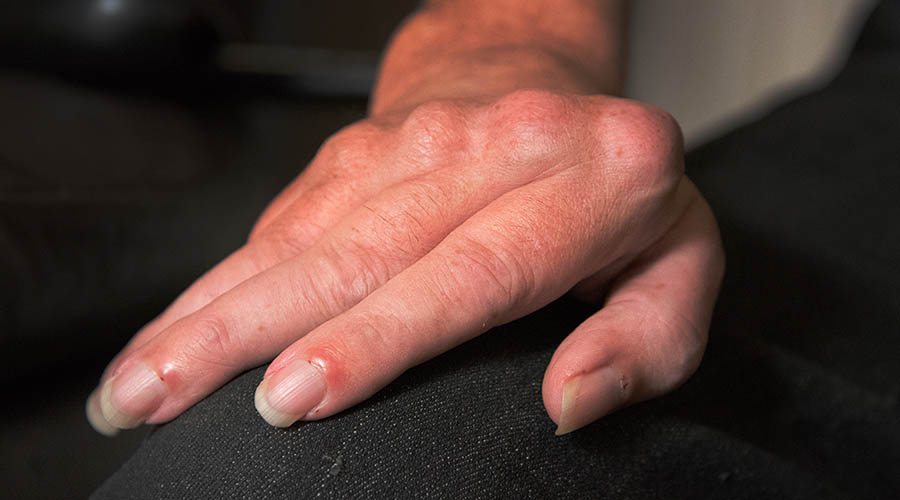
Capture Hi-C and novel candidate genes
What was already known?
Autoimmune diseases, such as rheumatoid arthritis and type 1 diabetes, have a strong genetic element. Differences in people’s DNA, which makes up the genetics of each cell, can put them at an increased risk of developing these diseases. Scientists have made great advances in discovering which parts of the DNA are changed to increase the risk to disease, what is not known, and what is the next challenge, is to understand what these changes mean.
What was discovered?
Most of the DNA changes that increase risk of disease are in ‘gap’ regions of DNA previously thought to be relatively unimportant. Here we show that that folding of the DNA within a cell brings these regions close to the ‘more important’ regions, and therefore controls the levels of genes. We show that these interactions can work over long distances, not necessarily to the nearest gene and that DNA regions that increase risk to different diseases can ‘meet’ at the same gene – giving novel insight into autoimmune diseases.
Why is this important/what is the benefit to patients?
The first step to cure any disease is to understand the biological processes that are altered in the body. We have found novel genes that cause autoimmune diseases, which can help us understand disease biology and, in the future, design new treatments.
What next?
We will further characterize these interactions and study other types of cells, as their DNA can have a different 3D structure.

0 Comments